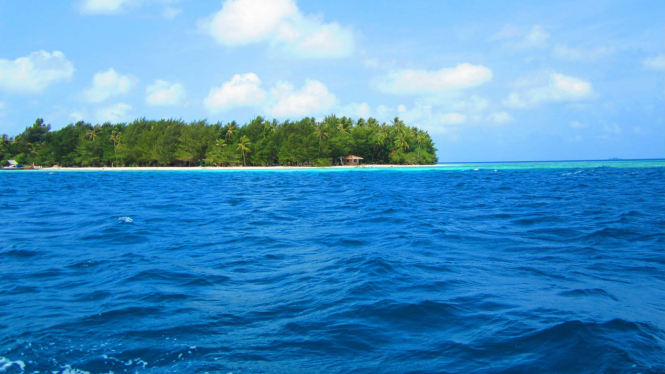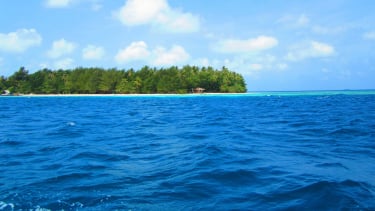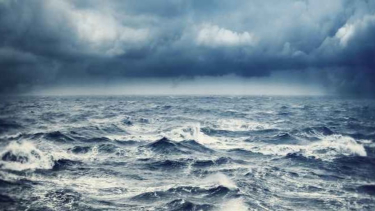- www.pixabay.com/theseasodeep0
VIVA – Currently, the title of the largest ocean on Earth is given to the Pacific Ocean because it covers more than 30 percent of the planet's surface, stretching 12,000 miles or 19,000 kilometers at its widest point, between Colombia and the Malay Peninsula, according to the Oceanographic Commission of UNESCO (IOC).
But actually, the giant sea only represents the remains of the largest ocean in Earth's history. The largest ocean that has ever existed on earth is Panthalassa.
A professor of geology at the University of St. Francis Xavier in Nova Scotia, Brendan Murphy said the Panthalassa Sea stretched across the globe surrounding the supercontinent Pangea from about 200-300 million years ago.
"The largest oceans usually occur when supercontinents are forming. Because if you only have one big supercontinent then you only have one ocean around it," Murphy remarked.
The newest supercontinent is Pangea. Another supercontinent, Rodinia, combined Earth's landmasses in a different configuration about 650 million years ago, according to Smithsonian Institution geologists.
Ombak lautan.
- U-Report
Murphy conveyed the Panthalassa would overlap at least 1,860 miles or 3,000 kilometers into the Pacific.
By surface area, Panthalassa dwarfs the Pacific, covering about 70 percent of Earth's surface, according to a 2022 review in the journal Earth-Science Reviews, or nearly 140 million square miles.
According to the Live Science page on Monday, August 15, 2022, thirty percent of Earth's surface in the Pacific adds up to more than 63 million square miles or 165 million square km.
Most of Pangea broke apart due to the Atlantic at the expense of Panthalassa. The remnants become the Pacific. So, Panthalassa is the Pacific attached to the Atlantic.
Technically, Earth has large oceans that are not defined by continents. About 150 million years after Earth formed, the planet had oceans but no continents.
That means the ocean stretches nearly 24,901 miles or 40,075 km from Earth's equatorial circumference and 197 million square miles or 510 million square km from Earth's surface.
Even today, scientists think of Earth's oceans as a single 'world ocean', given that they are interconnected at various points, such as the Atlantic mingling with the Pacific at the bottom of South America and connecting with the Indian Ocean beneath Africa.
However, as defined by the continents, the Pacific has held the title of the world's largest ocean since the death of Pangea some 200 million years ago.
But if current projections of tectonic plate movement are correct, Australia will split the Pacific in half over the next 70 million years. At the same time, the Atlantic will widen, taking the crown of the largest ocean on Earth.





















